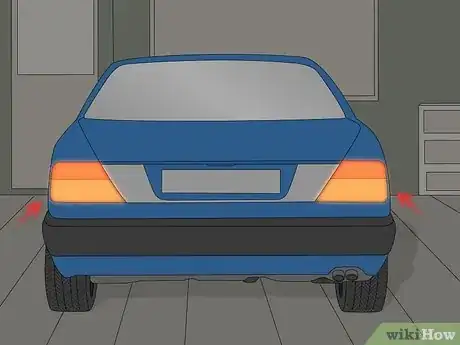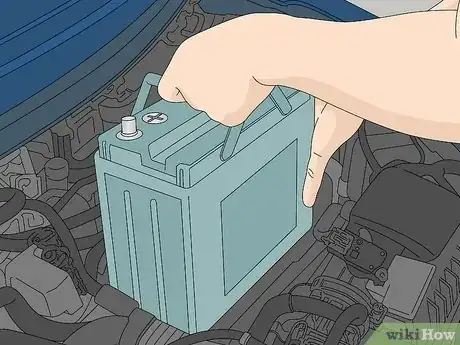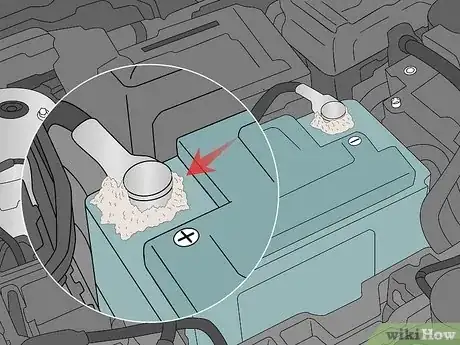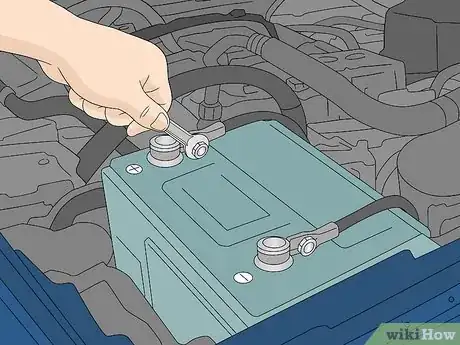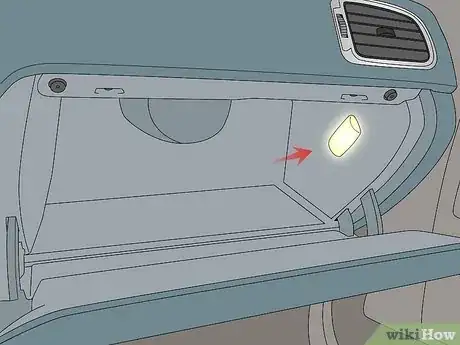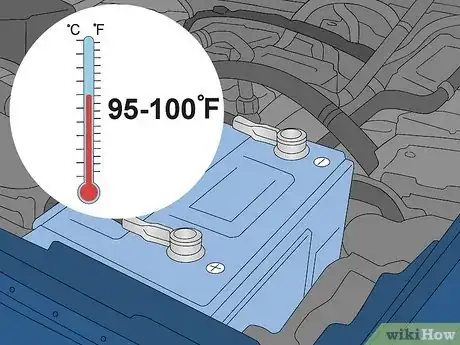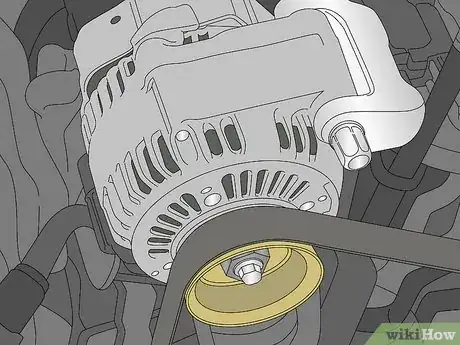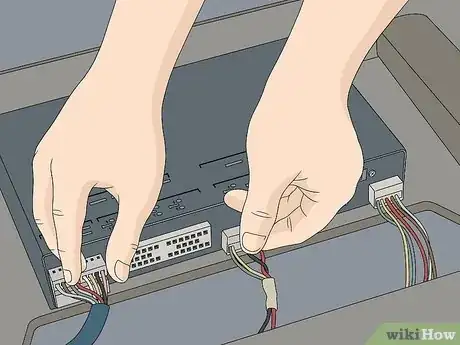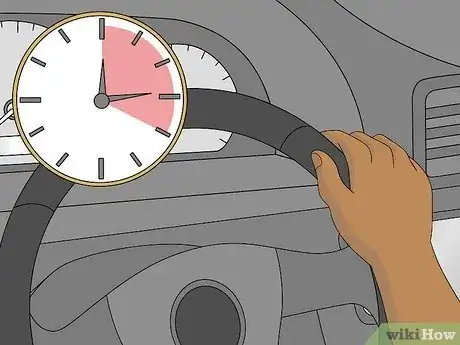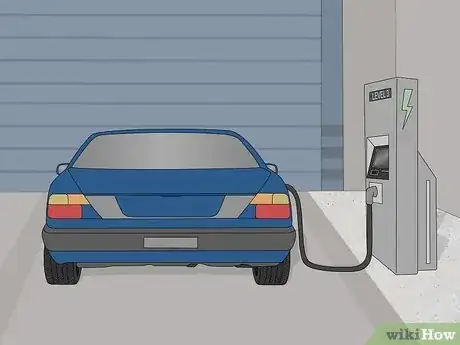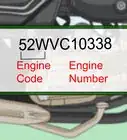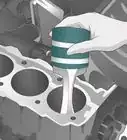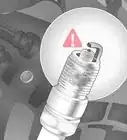This article was written by Duston Maynes and by wikiHow staff writer, Eric McClure. Duston Maynes is an Automotive Repair Specialist at RepairSmith. Duston specializes in leading a team that handles a variety of automotive repairs including replacing spark plugs, front and rear brake pads, fuel pumps, car batteries, alternators, timing belts, and starter motors. Duston holds an Associate’s degree in Automotive/Diesel Technology from The Universal Technical Institute of Arizona and is a Certified Diagnostic Technician and Automobile Mechanics Technician through BMW STEP. RepairSmith received The 2020 Big Innovation Award by Business Intelligence Group and The Startup of the Year by the American Business Awards. RepairSmith was also included in Built in LA’s 50 Startups to Watch and The Business Intelligence Group’s 52 Names Leading the Way in Customer Service. RepairSmith offers in-home services to provide car owners convenient and complete auto repair everywhere.
There are 7 references cited in this article, which can be found at the bottom of the page.
It can be frustrating to deal with a vehicle that doesn’t reliably start or constantly stalls out when you drive it, so investigating the cause of battery issues is essential. Once you’ve identified the problem, you can take the steps you need to resolve it and prevent the battery from dying out in the future. In this article, we’ll cover every potential cause of your battery woes. We’ll also take a quick look at how to fix each issue so that you can get back on the road knowing that your battery will work.
This article is based on an interview with our automotive repair specialist, Duston Maynes. Check out the full interview here.
Things You Should Know
- Leaving lights on, corrosion buildup, and loose cables are all common, easy-to-fix reasons that a battery will repeatedly fail.
- Replace your battery if it’s older than 3-4 years and it keeps dying repeatedly; batteries naturally weaken and die over time.
- If your battery dies out mid-ride, your alternator is likely the main culprit, since the alternator is responsible for recharging your battery as you drive.
- Use the level 1 or 2 slow charger to avoid putting undue stress on your EV battery.
Steps
Accidental Discharge
-
Leaving lights on by accident will almost always kill a battery. If you were unlucky enough to have left a dome light, brake light, or headlight on for more than a few minutes, it’ll kill your battery. If you find this happening often, there’s likely some switch or setting you need to change in your vehicle, so read your manual and take a few minutes to confirm your vehicle’s lights are configured correctly.[1] X Research source
- You’ll need to jumpstart your vehicle to get an accidentally discharged vehicle running again.
- Many modern cars will automatically turn off all the lights upon locking from the key fob.
Old Battery
-
You typically need a new battery every 3-4 years. Car batteries aren’t nearly as durable as a lot of people tend to think. If your battery is more than 4 years old and your battery keeps dying for seemingly no reason, it may just be time to replace it.
- Purchase a battery that’s identical to your old battery in both power and size. Then, pop the hood, disconnect the terminals and brackets, and replace it with your new battery.
Corroded Battery Connections
-
If the terminals are covered in gunk, the battery may not fully charge. Corrosion occurs when the battery acid is exposed to the air on your terminals (the metal bumps where you connect the battery). That corrosion makes it hard for your battery to fully discharge. As a note, corrosion is a sign that you’re going to need a new battery in the next year or so.
- Clean the corrosion off by mixing 1-part baking soda and 1-part water and pouring it on to the terminals. Use a toothbrush or wire brush to scrub the buildup off.
- Prevent battery corrosion by applying battery-terminal grease to the terminals once every year or so.
Loose Cables
-
Check the cables under the hood to ensure they’re all connected. A loose terminal connection won’t allow your battery to function correctly. It’s likely there’s a loose lead if you find your vehicle won’t start and your electrical systems get twitchy after you jump it.[2] X Research source
- Use a wrench to confirm the terminal leads are secure, and check both cables to ensure they’re attached firmly.
Parasitic Drains
-
A parasitic drain is when a component accidentally overdraws energy. If something like a glovebox light or radio system has malfunctioned, it may continue to pull a charge from your battery when you turn the vehicle off, which will drain your battery. If your vehicle doesn’t start regularly and you’ve already confirmed your battery is connected and you aren’t leaving anything on by accident, you probably have a parasitic drain.
- You can try to find a parasitic drain on your own, but frankly, it’s extremely difficult. The culprit is often some kind of obscure fuse or electrical system. You’re typically better off taking your vehicle to a mechanic to get this one fixed.
Extreme Temperatures
-
If it’s super hot or incredibly cold, the battery can struggle to stay on. Batteries struggle in both freezing temperatures and extreme heat over 95–100 °F (35–38 °C) or so. If your vehicle is struggling to start and the weather is gnarly, your battery is probably fine—it’s just running into some natural difficulties due to the heat or cold.[3] X Trustworthy Source Consumer Reports Nonprofit organization dedicated to consumer advocacy and product testing Go to source
- If it’s extremely hot, park in the shade or in a garage and don’t run the radio or other accessories when you drive.
- If it’s incredibly cold, drive your vehicle every day for at least 20 minutes, ensure your oil is fully tipped off, and park downwind or indoors.
- High or low temperatures are more likely to impact your battery if the battery is on the older side or it is already weakened. However, if the weather gets extreme enough it can impact healthy batteries, too.
Charging System Issues
-
The system that controls the battery may be malfunctioning. There’s a fuse box under your hood that distributes your battery’s charge to the various components in your vehicle. When your vehicle is on, the motor and alternator work together to generate the electricity your battery needs to stay running. But if the components connected to that fuse box aren’t working properly, your battery may die or be unable to stay on.[4] X Research source
- This isn’t an easy fix, so take your vehicle to the mechanic to get your charging system looked at.
- Prevent your charging system from malfunctioning by taking your car in for yearly tune ups.
Bad Alternator
-
A bad alternator will keep your vehicle’s battery from staying charged. The alternator is responsible for converting mechanical energy to electricity, which keeps the battery from dying out as your car runs. If the alternator is damaged or fails, your car may stall out while you drive. You may notice flickering lights or feel like your engine isn’t as strong as it should be.[5] X Research source
- You can check your alternator by turning the vehicle on and testing the battery terminals with a voltmeter. If the voltage jumps when someone revs the engine, your alternator is probably fine.
- If you’re a gearhead, you had change the alternator yourself. However, it may be cheaper and easier to have a mechanic do it.
Electrically Taxing Mods
-
A high-voltage mod can drain your battery if it’s hooked up to it. A poorly wired sound system or hardwired undercarriage lighting can put unnecessary strain on your battery if you aren’t careful. If you notice your battery keeps dying and you recently installed a new modification, it may be the source of your troubles.[6] X Trustworthy Source Consumer Reports Nonprofit organization dedicated to consumer advocacy and product testing Go to source
- Try disconnecting the mod and jumping your battery if it’s dead. If your battery doesn’t die out for the next few trips, you’ve solved your problem.
- A lot of car mod enthusiasts install a second battery in their vehicle to provide power to electrical mods.
Excessive Number of Short Trips
-
Driving less than 20 minutes at a time is bad for your battery. Your alternator actually needs the engine to run for a little bit before it can begin refueling the battery. If you keep taking really short trips, it puts a strain on your battery that will eventually cause it to not start.[7] X Research source
- If possible, start biking or walking when you need to take a short distance trip.
- If you can’t use an alternative mode of transportation, let your engine run for a few minutes before you drive.
- The occasional short trip is no biggie, but if you take a 3- to 5-minute drive daily, it’s going to put strain on your battery.
- Leaving your car parked and unused for months at a time can also cause your battery to drain slowly over time.
Over-Jumping
-
If you jump a weak battery frequently, it’ll eventually kill it. Jumping a dead battery every once in a while is totally fine, but if you need to jump your vehicle multiple times a week, it puts strain on your battery. Over time, the battery will just die out completely.[8] X Research source
- If you need to jump your battery this often, it’s a sign that it’s time to replace the battery.
Excessive Fast EV Charging
-
Fast charging is convenient, but it isn’t ideal for most EV batteries. If you have an electronic vehicle, you likely have the option to use a level 3 fast charger to “refuel” your tank in under 15-20 minutes. As convenient as that is, it can put a good bit of strain on your battery. While it’s okay to do this every once in a while, do your best to minimize how often you turbo charge your EV.[9] X Research source
- Try to use your manufacturer’s recommended charging level as often as possible. This will keep your battery healthy and ensure your vehicle maintains its charge.
You Might Also Like
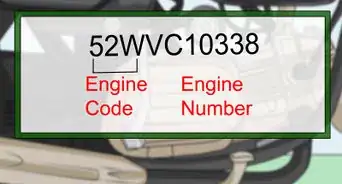
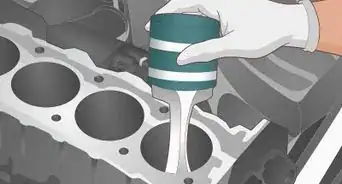 How to Detect and Fix a Misfire: Common Problems, Solutions, & More
How to Detect and Fix a Misfire: Common Problems, Solutions, & More
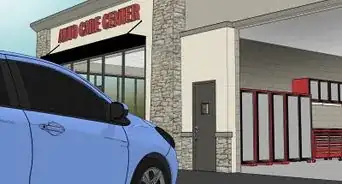 How to Reset a Check Engine Light and Clear Error Codes
How to Reset a Check Engine Light and Clear Error Codes
 Simple and Easy Ways to Bypass Reduced Engine Power
Simple and Easy Ways to Bypass Reduced Engine Power

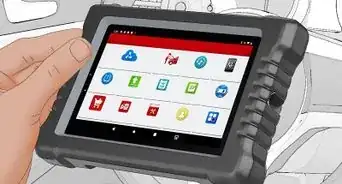
-Step-13.webp)


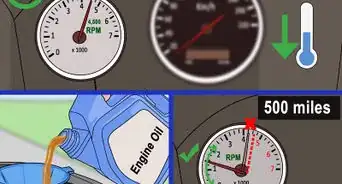
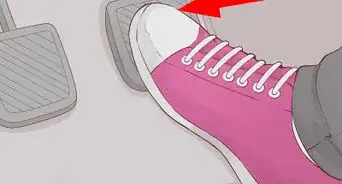
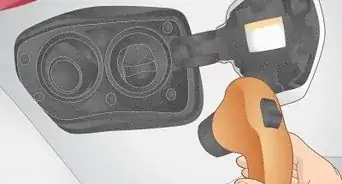
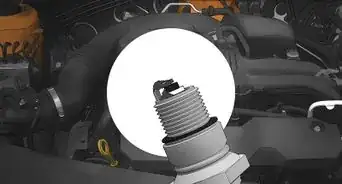 7 Symptoms of a Bad Spark Plug
7 Symptoms of a Bad Spark Plug

References
- ↑ https://www.ridetime.ca/blog/the-top-5-things-that-can-drain-your-cars-battery/
- ↑ https://www.ridetime.ca/blog/the-top-5-things-that-can-drain-your-cars-battery/
- ↑ https://www.consumerreports.org/cars/car-batteries/how-hot-weather-affects-your-car-battery-what-to-do-about-it-a4527456418/
- ↑ https://www.lesschwab.com/article/how-your-auto-battery-works.html
- ↑ https://www.ridetime.ca/blog/the-top-5-things-that-can-drain-your-cars-battery/
- ↑ https://www.consumerreports.org/cro/cars/car-parts-and-accessories/the-pros-and-cons-of-modifying-your-car/index.htm
- ↑ https://www.motorbiscuit.com/driving-short-distances-killing-your-car/
- ↑ https://www.motorbiscuit.com/bad-jump-start-car-battery-multiple-times-week/
- ↑ https://thenextweb.com/news/is-fast-charging-bad-ev-battery-degradation
About This Article

